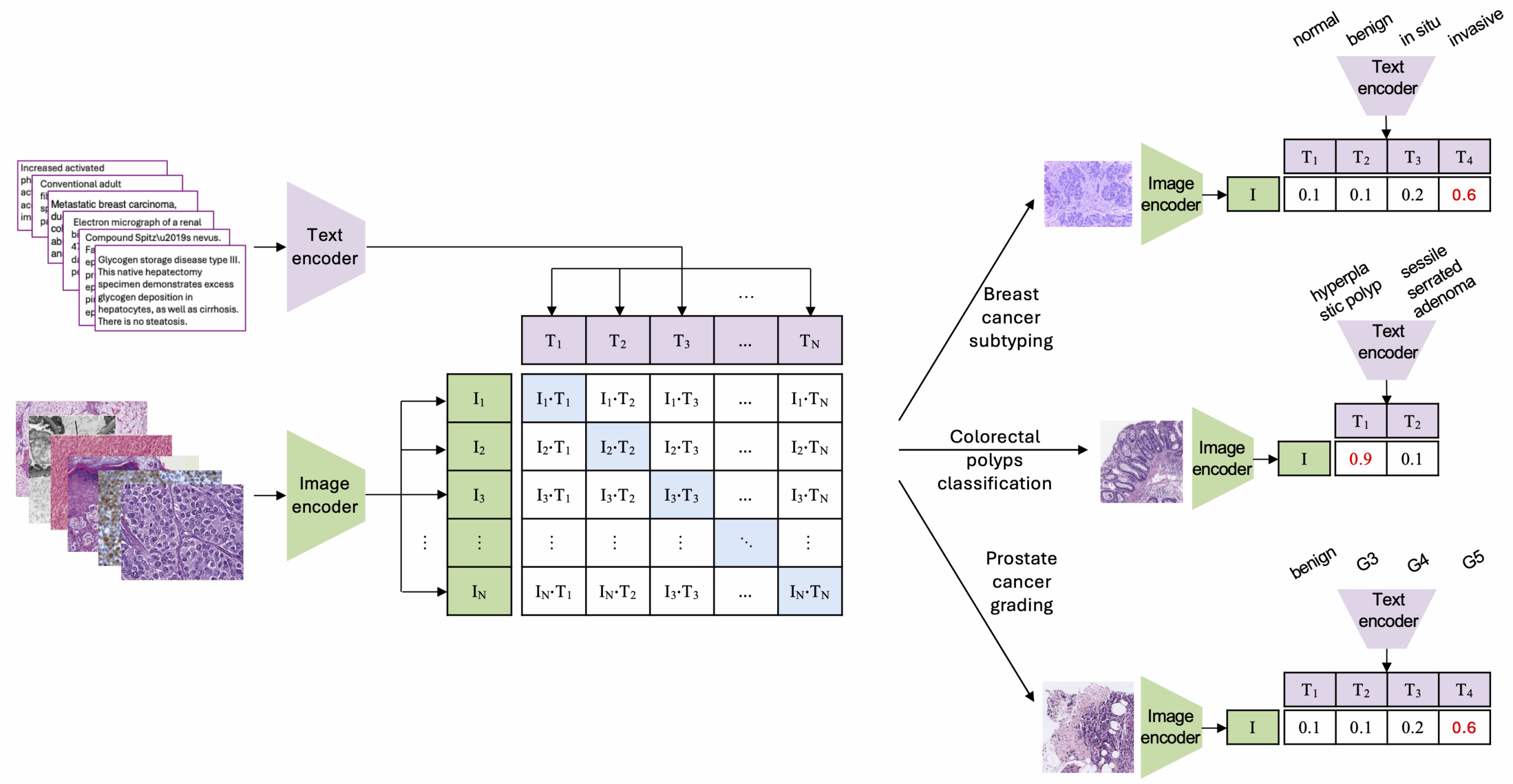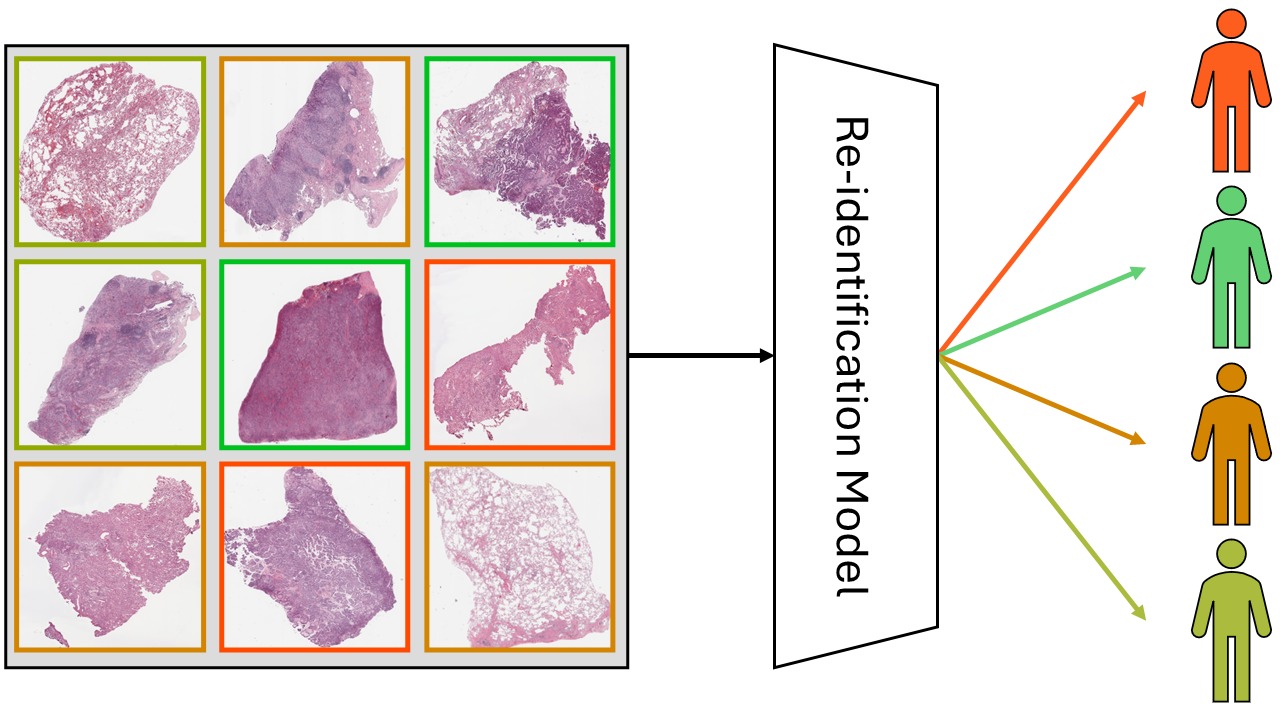The decisions on the MIDL (Medical Imaging with Deep Learning) 2024 conference, which will be held in Paris in July, have just been sent out. Since MIDL uses openreview, it is possible to scrape the submissions and reviews. I was curious about it, so I had a look so you don’t have to run the analysis yourself. This post uses publicly available information and only considers full papers (short paper submission is still possible till Wednesday, April 10).
Disclaimer: I have acted as a reviewer, but I have no affiliation with MIDL. The following results are presented to the best of my abilities and understanding of utilizing the API from OpenReview.
An overall look at acceptance
It is first noteworthy that MIDL attracts less interest compared to the lead conference MICCAI (which received around 2800 submissions this year). However, my experience is that smaller conferences tend to provide much better opportunities for exchange, and MIDL is generally perceived as a good conference. Let’s now first have a look at the acceptance rate:

With 117 accepted papers, 87 rejected and 9 withdrawn after the review, the acceptance rate is approximately 55%, down from 61.8% last year.
Let us first have a look at the preliminary ratings of the paper, grouped by the final decision for the paper:

We find that only few papers were withdrawn after review. Interestingly, only a single paper reached “strong accept” reviews from all reviewers in the initial assessment before the rebuttal/discussion phase. Most reviews (557/660) contained both a preliminary rating and a final rating, while a minority (103/660) contained only a preliminary rating. For the latter, I used the preliminary rating in the following.

As shown above, in general, the average reviewer’s scores were mostly followed in the decision by the program chairs. This holds also true for the meta reviewers’ recommendations: Papers with high scores were significantly more often recommended for oral presentation. Yet, it is noteworthy, that only 5 out of the 7 papers which were assessed a uniform strong accept by all reviewers were recommended for oral presentation, while also two papers with only “weak accept” on average were also recommended for oral presentation.

Most frequent words (word clouds)
Looking into the paper titles, we find – not surprisingly – the key words which we can expect at a conference dedicated to medical imaging with deep learning:

Parsing all abstracts, the word cloud is slightly different, with approach, data, performance, feature, and, in particular, medical now having a much higher prevalence:

That was my brief analysis of the OpenReview data from MIDL 2024. If you had fun, please feel free to share it!






No responses yet